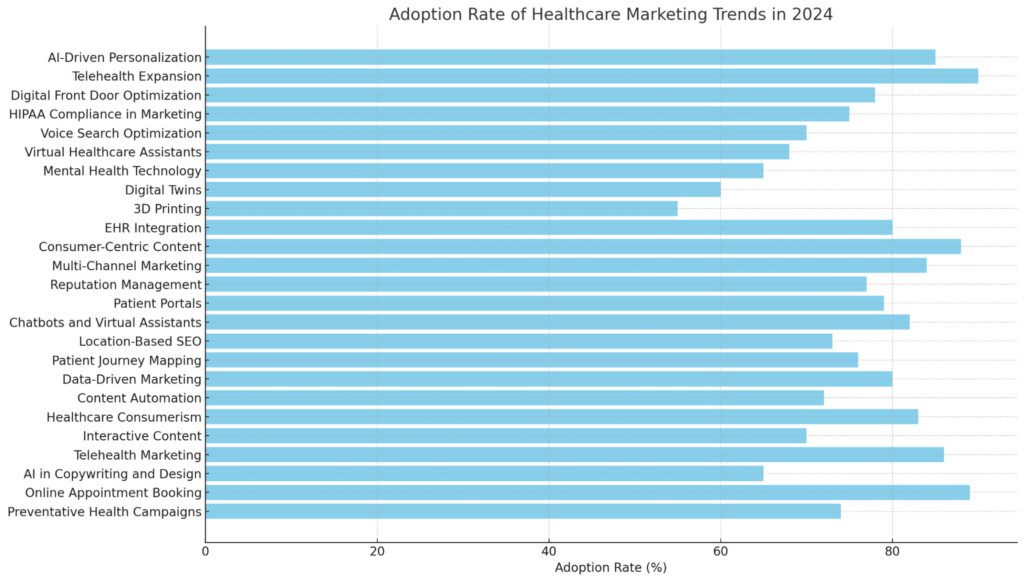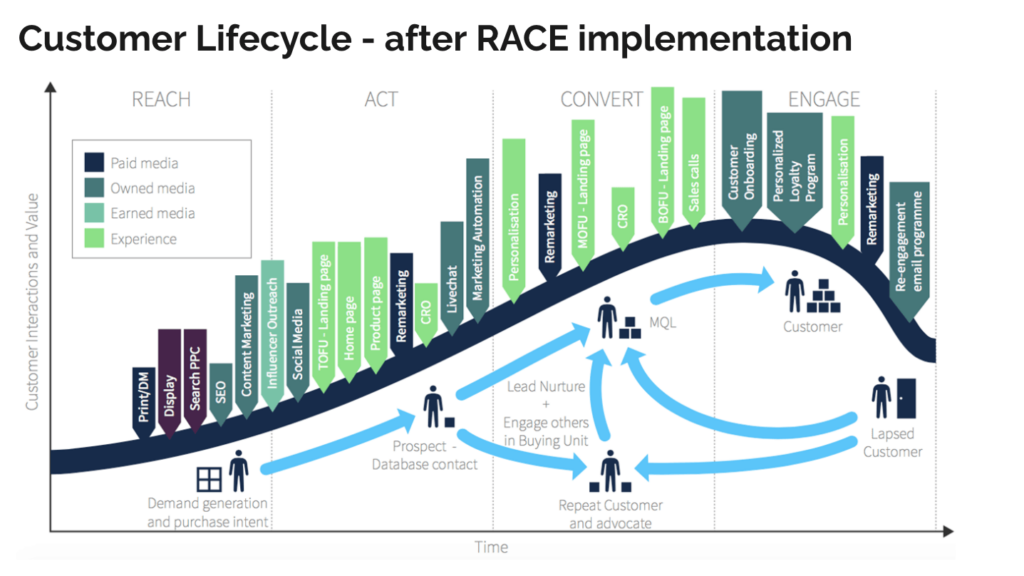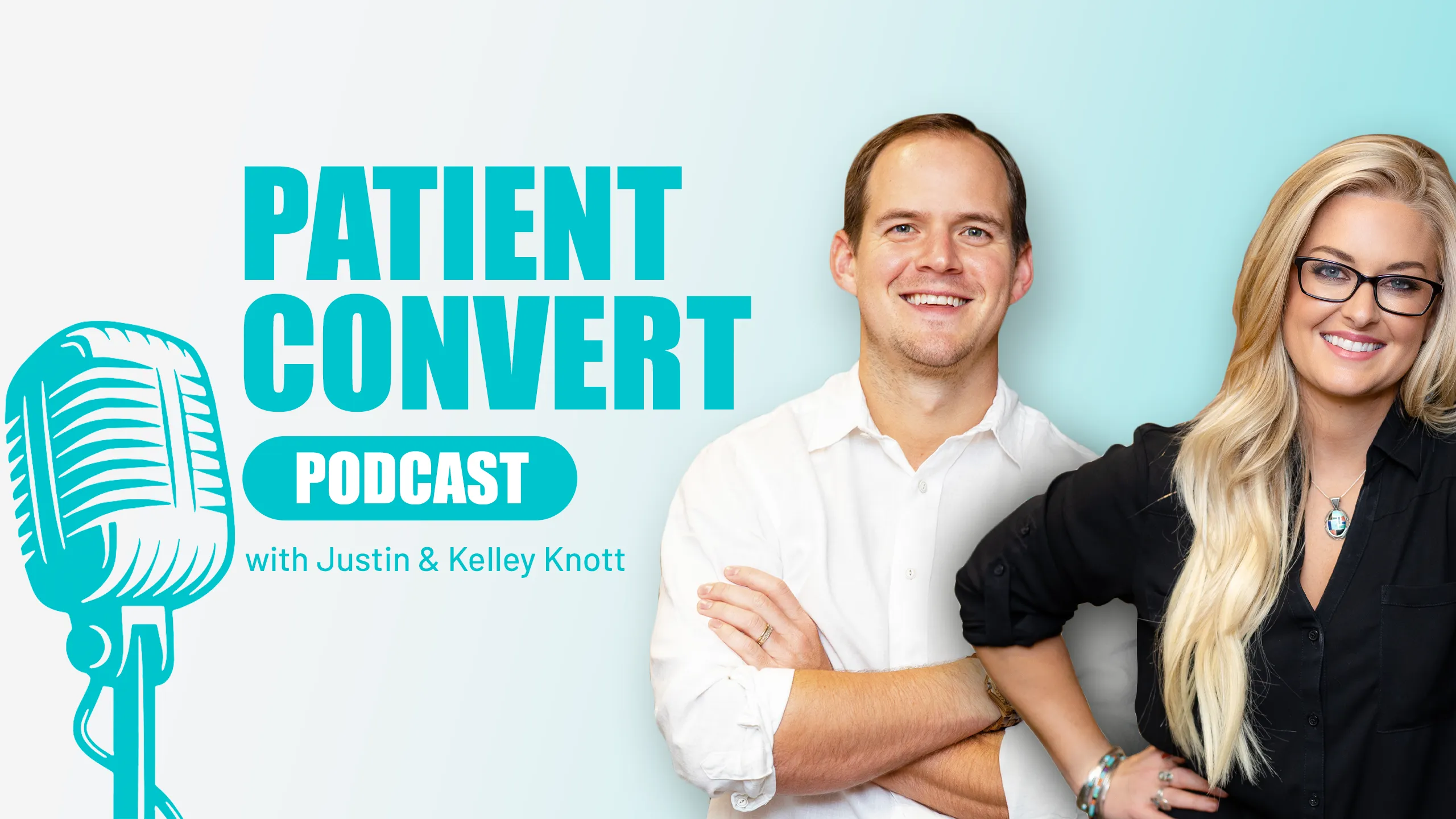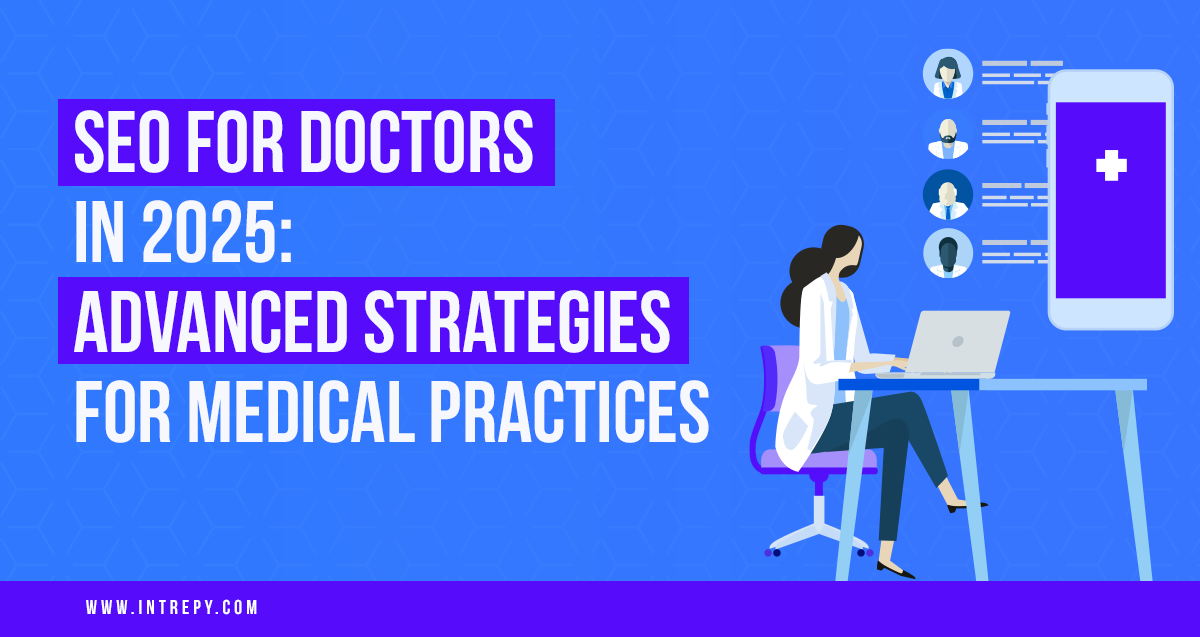Healthcare marketing in 2024 is poised to evolve with several key trends shaping the landscape. Here are some of the most notable trends to watch:
1. AI and Chatbots: AI-powered chatbots and virtual assistants are becoming essential for real-time patient communication, providing quick responses and personalized support. These tools help improve patient satisfaction and engagement by facilitating tasks like scheduling appointments and answering FAQs (Healthcare Success) (Cardinal Digital Marketing). Chatbots in Healthcare: AI-powered chatbots are becoming increasingly important for providing personalized patient care (LocaliQ).

2. HIPAA Compliant: Healthcare organizations are increasingly adopting Customer Data Platforms (CDPs) to consolidate data from websites, apps, and other touchpoints, integrating them with consent management systems. (HIPAA) Data Security and HIPAA Compliance: Ensuring HIPAA compliance and maintaining data security are critical. Healthcare marketers must prioritize patient privacy and transparent communication about data protection measures to build trust (PracticeBuilders).HIPAA violations can cost over $2 million per incident, making compliance crucial in healthcare marketing (LocaliQ).
3. Personalized Content: Dynamic ad personalization and tailored content are crucial for engaging patients. AI can generate personalized ads based on audience targeting, enhancing the relevance and impact of marketing campaigns (Healthcare Success) (PracticeBuilders).
4. Virtual Reality (VR): VR is being used to create immersive healthcare experiences, allowing patients to explore facilities and understand medical procedures better. This technology enhances patient education and engagement (Digital Dot).
5. Social Media and Influencers: Leveraging social media platforms and influencers helps healthcare organizations reach broader audiences. Influencers can humanize healthcare brands and share relatable content, building trust and engagement with followers (Digital Dot).
6. Podcasts: With the rise in podcast listeners, healthcare organizations are increasingly using podcasts to share insights, advice, and experiences. This medium helps establish credibility and reach diverse audiences (Healthcare Success) (Digital Dot).
7. Omnichannel Strategies: A diversified channel mix is essential for engaging patients at various touchpoints in their healthcare journey. Combining organic and paid efforts across multiple platforms helps build brand authority and trust (Cardinal Digital Marketing).
8. Telehealth: The popularity of telehealth continues to grow, with patients preferring virtual consultations for convenience and accessibility. This trend drives the need for robust digital infrastructures like online appointment booking and patient portals (PracticeBuilders). Telemedicine is projected to reach $523.1 billion by 2030 (WebFX).
9. Content Quality and SEO: Google’s updates emphasize the importance of high-quality, user-focused content. Healthcare marketers need to create content that addresses patient pain points and is optimized for search engines to improve visibility and engagement (Healthcare Success) (PracticeBuilders).
10. Email Marketing: The average open rate for healthcare-related email campaigns is 41.2%, making it a highly effective channel for engagement (NYT Licensing).
11. Interactive Content: Quizzes, polls, and augmented reality experiences are being used to make health information more engaging and interactive. This approach helps educate and involve patients more effectively (Digital Dot).
12. Patient Retention and Reactivation: Strategies focused on retaining and reactivating patients are essential due to increasing patient disengagement. Automated workflows and personalized communication can help bring patients back to care (Cardinal Digital Marketing).
Meaning: Content marketing and SEO have shifted toward long-form posts. 300-400 word short form posts are becoming more and more of a waste of time and resources.
13. Authenticity and Trust: Building authenticity in healthcare marketing is vital. Content should be original, backed by research, and authored by credible experts to counteract growing patient distrust (Cardinal Digital Marketing).
14. Social Media Growth: Social media use continues to grow, with platforms like TikTok and Instagram becoming increasingly important for healthcare marketing (WebFX). 92.7% of internet users globally use social media, highlighting its importance in healthcare marketing (NYT Licensing) (WebFX). 92.7% of all internet users globally use social media, making it a crucial platform for healthcare marketing (NYT Licensing) (WebFX).
15. Infographics Engagement: Content with visuals such as infographics generates 80% higher readership rates (NYT Licensing).
16. Doctor Searches: Over 50% of internet users search for information about health professionals online before making appointments (CallRail).
17. Mobile Search Conversions: 85% of local searches on mobile devices lead to a visit or purchase within 24 hours (CallRail). 60% of mobile users visit a business within a day of a local search, highlighting the importance of local SEO (LocaliQ). 90% of top healthcare websites are optimized for mobile use, which is critical as mobile searches continue to rise (CallRail).
18. Online Reviews Impact: 76% of people check online reviews for healthcare providers before making an appointment (LocaliQ).
19. Health Information Searches: 70% of internet users look for specific medical information online (CallRail)
20. Search Result Clicks: The top three search results capture 60% of all clicks, underscoring the importance of SEO in healthcare marketing (LocaliQ).
21. Video Content Dominance: Video content is expected to account for 90% of internet traffic by the end of 2024 (CallRail). Long-form blog posts generate 56% more social media shares compared to shorter posts (CallRail).
22. Google Search Traffic: Search engines provide 350% more website traffic than social media for healthcare websites (CallRail).
23. Patient Call: 88% of healthcare appointments are scheduled by phone, showing the importance of phone interactions (InvocaAI). Phone calls convert 10-15x more revenue than web leads (InvocaAI). Callers have a 28% higher retention rate than web leads (InvocaAI). Personalizing phone call interactions can significantly improve patient loyalty and satisfaction (InvocaAI).
24. Digital Twins: The global digital twins in healthcare market size is estimated to be worth USD 1.9 billion in 2024. The market growth is expected to be driven by the increasing adoption of digital health technologies, leading to a CAGR of 30% over the forecast period.
25. Content Automation: According to research by Council for Affordable Quality Healthcare CAQH, automation significantly reduced administrative costs amounting to $122 billion. Relying solely on traditional marketing approaches is no longer sufficient for survival in today’s competitive and saturated healthcare industry. Hence, healthcare leaders seeking growth opportunities must utilize healthcare marketing automation. Keep reading to learn more about marketing automation for medical practices and its benefits.
These trends highlight the importance of technology, personalized engagement, and maintaining trust in healthcare marketing efforts for 2024 and beyond. For more details, you can explore sources








